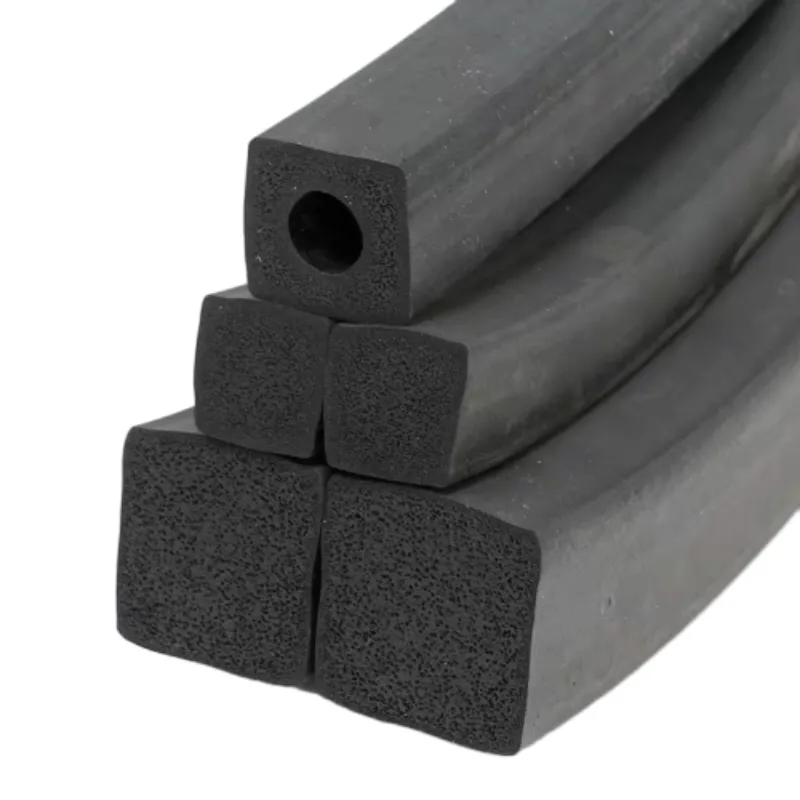rv weather stripping
Understanding RV Weather Stripping A Key to Comfort and Longevity
Recreational vehicles (RVs) are a popular choice for travel enthusiasts looking for the freedom of the open road with the comforts of home. However, to ensure a pleasant experience, it's crucial to maintain your RV's integrity, especially in terms of weatherproofing. One of the most effective ways to enhance your RV’s comfort and longevity is through proper weather stripping.
What is RV Weather Stripping?
Weather stripping refers to the materials used to create a seal around doors, windows, and other openings in your RV. This seal prevents air, water, dust, and pests from entering the interior. It's typically made of rubber, foam, vinyl, or other flexible materials that can withstand various weather conditions.
The Importance of Weather Stripping
1. Energy Efficiency Good weather stripping helps maintain the internal temperature of your RV. During cold months, it keeps warm air from escaping, reducing the need for excessive heating. In hot weather, it prevents cool air from escaping, leading to less reliance on your air conditioning system. This efficiency translates to lower energy costs and a reduced environmental impact.
2. Comfort A well-sealed RV provides a more comfortable living environment while traveling. Without proper weather stripping, drafts can make your RV feel chilly and unwelcoming during cooler months. It can also lead to condensation issues, which can create mold and mildew—a health hazard and a detriment to your RV's interior.
3. Water Protection One of the primary roles of weather stripping is to prevent water leaks. Rain or large amounts of moisture can seep into poorly sealed areas, leading to significant damage over time. This can result in costly repairs, especially if mold develops or if the RV’s structural integrity is compromised.
4. Noise Reduction Traveling can come with unwanted noise from outside, whether it's the sound of wind, rain, or street traffic. Effective weather stripping can minimize these disturbances, making your journey more enjoyable and peaceful.
rv weather stripping

Choosing the Right Weather Stripping
When it comes to selecting the best weather stripping for your RV, consider factors such as durability, flexibility, and ease of installation. Here are a few common types of weather stripping materials
- Rubber Known for its longevity and effectiveness, rubber weather stripping can withstand extreme temperatures, making it ideal for RVs used in various climates. - Foam This material is affordable and easy to install, providing a decent seal. However, it may not last as long as rubber. - Vinyl This is often used for sliding doors and windows, providing a good balance between cost and durability.
Installation Tips
Installing weather stripping can be a straightforward DIY task. Start by cleaning the surface where the stripping will be applied to ensure proper adhesion. Measure the areas and cut the stripping to fit. When positioning the weather stripping, ensure it's snug but not so tight that it causes friction or damage.
Maintaining Your Weather Stripping
Regular inspection of your weather stripping is crucial. Over time, exposure to the elements can cause wear and tear. Look for signs of deterioration, such as cracks, peeling, or gaps. Addressing these issues promptly can save you from more extensive repairs down the line.
Conclusion
In summary, RV weather stripping is an essential component for any recreational vehicle owner. It not only enhances comfort and energy efficiency but also protects against water intrusion and noise pollution. By selecting the right materials, installing them correctly, and maintaining them regularly, you can enjoy a more comfortable and durable RV for many adventures to come.
-
Under Door Draught Stopper: Essential ProtectionNewsJul.31,2025
-
Garage Door Seal and Weatherstrips for ProtectionNewsJul.31,2025
-
Edge Banding Tape for Perfect EdgesNewsJul.31,2025
-
Table Corner Guards and Wall Corner ProtectorsNewsJul.31,2025
-
Stair Nose Edging Trim and Tile Stair SolutionsNewsJul.31,2025
-
Truck Bed Rubber Mats for Pickup BedsNewsJul.31,2025
-
Window Weather Stripping for Noise ReductionNewsJul.29,2025